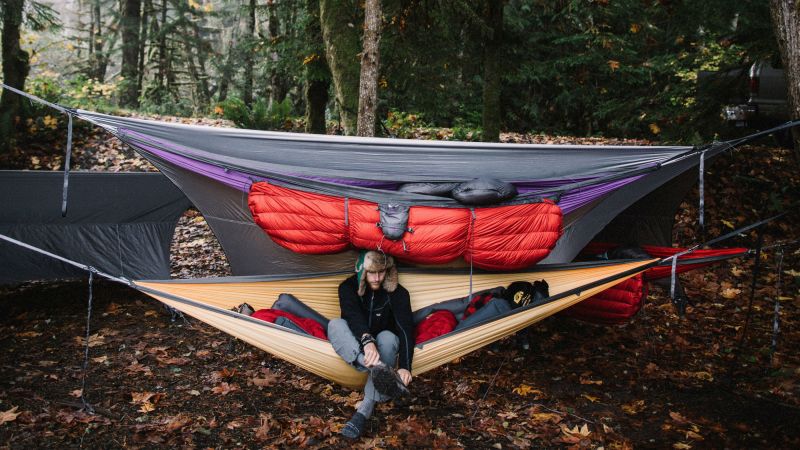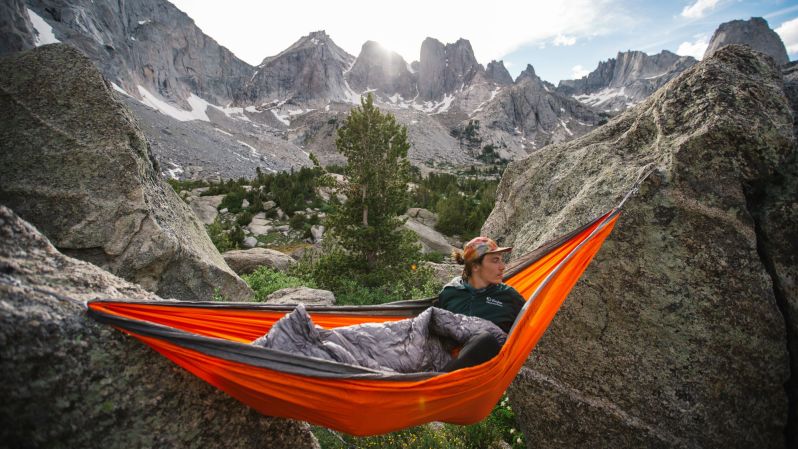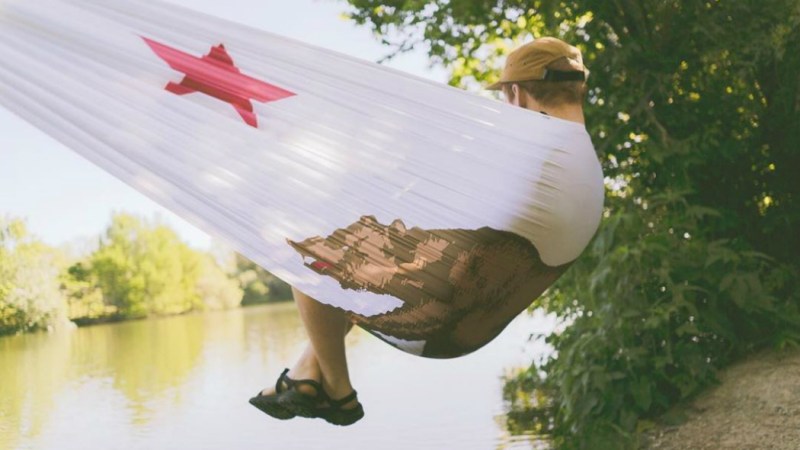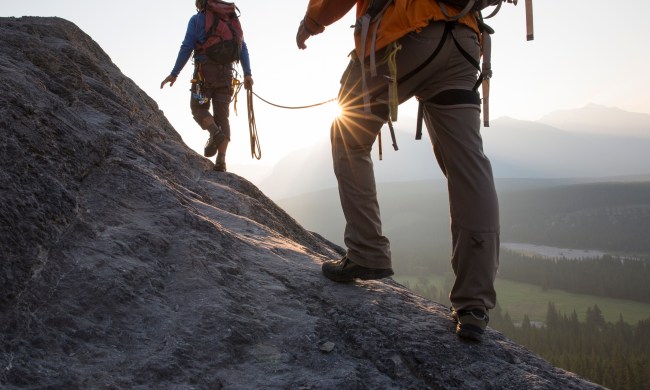
Koala Hammock Underquilt, $229-$329
A hammock might seem like just an additional camping amenity for post-hike lounging by the fire. However, with the right accessories (and a working knowledge of how to properly hang one), a hammock can replace your tent and sleeping bag altogether. The Koala underquilt affixes beneath your hammock to create a soft, insulated cocoon. The durable ripstop nylon fabric and water-resistant shell are designed to keep you dry and provide maximum heat retention. The Koala is available in synthetic and down varieties, good to 40 degree-Fahrenheit and 30-degree Fahrenheit weather respectively. Add a traditional sleeping bag to the mix, and you’re ready for the winter. Both varieties pack down small and weigh around 1.5 pounds.
Firebelly Trail Quilt, $159-239

Where the Koala is designed to keep your hammock’s underside toasty, the Firebelly keeps your top half warm. The purpose-designed trail quilt can be used like a traditional blanket, draped over you at night. On especially cold nights, however, a series of snaps and elastic bands provide a more secure fit, enveloping your body like a “burrito-style” sleeping bag. Firebelly uses many of the same construction materials as the Koala, including Atmos fabric and a ripstop nylon shell. Synthetic and down varieties are available with temperature ratings of 40 degrees Fahrenheit and 30 degrees Fahrenheit respectively. The quilt spans 75 inches by 52 inches —roughly the dimensions of a full size mattress and large enough to sleep two comfortably (assuming you like each other). Firebelly packs down small, and both varieties weigh in around 1.5 pounds.
Flag Hammock, $79

Now is arguably the best time to buy from Kammok. As part of a do-good initiative to help victims of the many recent disasters that rocked the U.S., the brand debuted three new state flag-print hammocks. Proceeds from the sale of these Colorado-, Texas-, and California-themed hammocks will go to support the victims of each of those state’s recent natural disasters. These limited edition hammocks are ultra-soft, featherweight (just 10 ounces), and sturdy (capable of supporting up to 400 pounds), and pack down to about the size of a softball.


